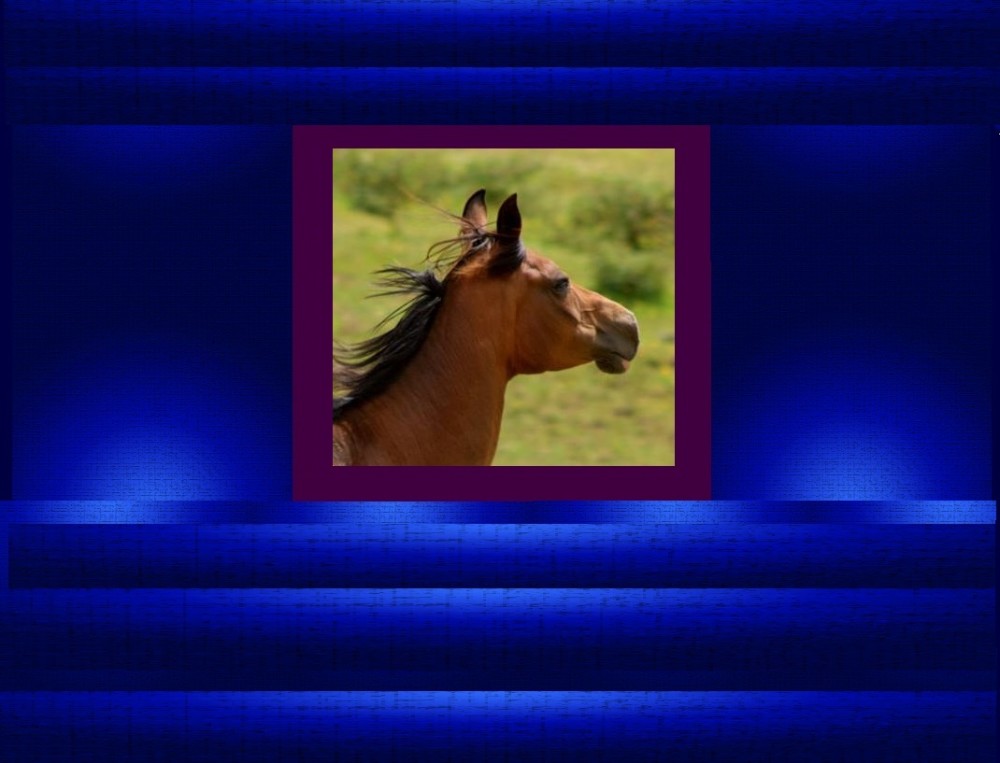“Respect.” Many people agree that this is the key to getting a horse to work well with you. If a horse does not respect you, he will barge into your personal space, ignore your cues, and you will find him difficult to train.
There are many ways to teach a horse to respect you. One valuable tool is to use a round pen to show a horse you have the ability to control his direction, his movement, and his speed. To a horse, this is instinctive: the horse that controls the direction of the herd is in charge. You want a horse to believe you are the one in charge, right?
Some people want to view a horse herd hierarchy as more simple than it really is. In a larger herd there is not a straight line from the alpha horse to the bottom horse. It is not quite as clear cut as all that. Instead, there are upper level horses and lower level horses. It seems that some horses can feel secure in moving another horse around one day, but the next day or week may not be confident enough to do so. There are also theories that the most obviously aggressive horse may not be the actual leader of the group. It is possible that the true leader does not always take on the role of enforcing rules. Sometimes it is observed that the horse that the others follow away from danger is not the horse that keeps the other horses in line on a daily basis.
Why do people feel that declaring themselves the “alpha” to a horse will make the horse give them unquestioning obedience? Is that how we see horses behaving in a herd? No. Horses question and move around their placement in the herd every day. If you happen to work with a dominant horse that questions the leaders of the herd or confirms her position as leader every day, then you should actually expect that this horse will also question your position as leader on a daily basis as well. I’ve heard people say that if a horse moves into your space or acts aggressively, then the horse does not respect you. I choose to believe that the horse is asking me the question she asks the other horses every day: “Who is the leader today?” Then it is my job to either reaffirm that today I am the leader, or else I am effectively giving the horse permission to take over the decision making process.
Sure, you can use a round pen to show a horse that you are capable of getting them to move and controlling their direction. That will give the horse the initial idea that you are a horse-like creature that behaves in a manner he can understand. But it is a mistake to believe that this is teaching the horse that you now permanently occupy the dominant position over him. It may be that the round pen lesson must be repeated many times if the horse questions your leadership, or ideally you will find many other smaller and less time-consuming ways to communicate to your horse that you are still taking on the leadership role today.
